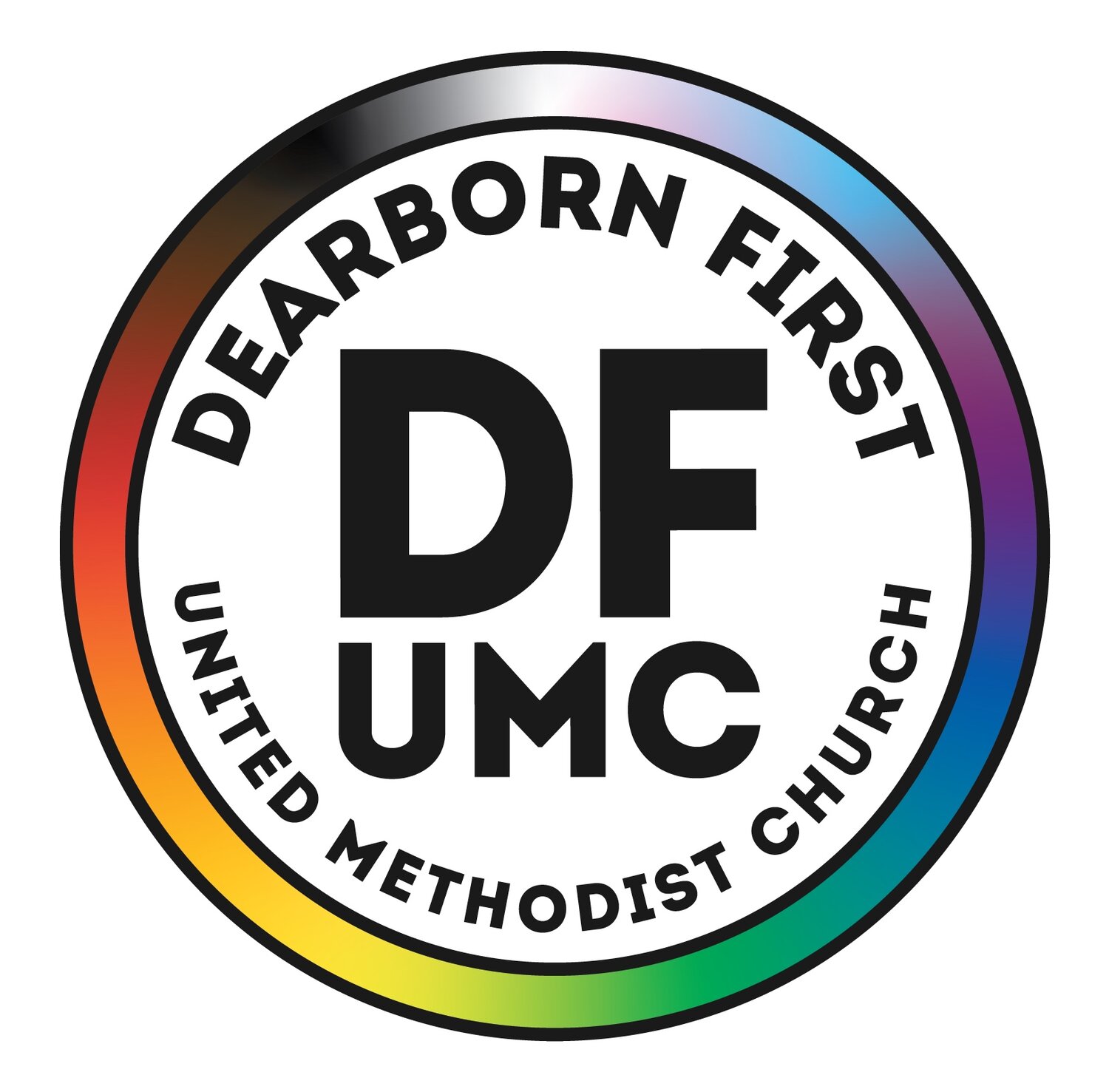The Who, What, Why, and When of Black History Month
By Kirstin Karoub
Dearborn First UMC Director of Communications
February 3, 2022
The month of February hosts a variety of popular celebrations. Valentine’s Day goes as far back as the 5th Century, but observed commercially in the US beginning in the mid-1800s. President Lincoln’s birthday has been celebrated in many states since 1873, but was made part of a national holiday in 1968. Groundhog Day has been forecasting the seasons since the 1840s in the US, and in Punxsutawney, PA officially since 1887.
When did the celebration of Black History Month start?
Black History Month started off as Negro History Week in 1926. As Black history studies grew, more college students demanded Black Studies departments on their campuses. Fueled by the Civil Rights Movement, the campaign for a month-long observance gained traction.
Black History Month was first recognized officially by Gerald R. Ford in 1976, fifty years after the first celebration of Negro History Week.
Ten years later, as part of the first national celebration of Martin Luther King Day in 1986, National Black History Month was adopted by Congress, authorizing President Ronald Reagan to issue a proclamation noting, “the foremost purpose of Black History Month is to make all Americans aware of this struggle for freedom and equal opportunity.”
After nearly 100 years of celebrating a groundhog, our country resolved to designate a month for celebrating African-Americans’ contributions to the history of the United States and the world.
Who is responsible for establishing Black History Month?
Dr. Carter G. Woodson, an American historian, author, journalist, and founder of the Association for the Study of African American Life and History (ASALH), has been called the “father of Black history.” Woodson was born in Virginia to former slaves. He graduated from Berea College after working in the mines of West Virginia. He became a teacher and school administrator, and later received graduate degrees from the University of Chicago, and was the second African American to receive a PhD from Harvard University. He still remains the only person whose parents were enslaved in the U.S. to receive a PhD.
In 1915, Woodson was inspired to promote the scientific study of Black life and history after a three-week celebration of fifty years of emancipation in Illinois. Woodson formed the Association for the Study of Negro Life and History (ASNLH) and then the Journal of Negro History in 1916. He used both platforms to further promote, create, and popularize knowledge about Black history. In 1926, he sent out a press release announcing Negro History Week.
Why was Black History Month established?
Woodson chose the second week of February for Negro History Week, as it encompassed the birthdays of both Abraham Lincoln and Frederick Douglass, two great Americans who shared a prominent role in shaping Black history. Celebrations of both men had been going on for some time, and so it seemed logical to capitalize on the momentum.
However, Woodson believed that the February celebrations shouldn’t be about two great individuals, but rather about the countless Black men and women who had contributed to the advancement of human civilization. He envisioned lifting up the Black race as a whole, not merely as having produced one great man.
The efforts of Dr. Woodson, the ASALH, and the Civil Rights Movement in general, broadened the reach of Black History studies, not only on university campuses, but in the K-12 curriculum, as well. Woodson dreamed of a time when annual celebrations would no longer be necessary - when Black history would be taught year-round, and talked about on a daily basis.
This vision is still important today. Writes Evelyn Brooks Higginbotham, 2021 ASALH National President: “The history of the United States is certainly taught and conveyed all year long, but its greatest symbolic celebration occurs on one-day, the Fourth of July. Black History Month, too, is a powerful symbolic celebration. And symbols always stand for something bigger—in our case, the important role of Black History in pursuit of racial justice and equality.”
What does this mean for Dearborn First UMC?
This year, Dearborn First UMC, led by Reconciling Justice Team in collaboration with Policy Governance Board, has recognized the need, and the desire, to carry out that same vision. We don’t want to talk about, learn about, or focus on race during one token month of the year. Conversations on race and the pursuit of equality should take place all year long.
Hence, our motto: “This is who we are every day.”
In 2021, RJ Team began laying the groundwork, celebrating Black History Month, writing articles about race, and promoting opportunities to learn more through documentaries and discussion groups.
In 2022, led by RJ Team, Dearborn First UMC will continue this exploration of race in alignment with a newly-formed Anti-Bias Anti-Race initiative within the Michigan Conference of the United Methodist Church.
This month, we will lift up and recognize four noteworthy individuals, who have made a significant impact on our country, both in historic and recent past.
But in the coming year, let’s make this celebration stand for something bigger - the pursuit of racial justice and equality.



